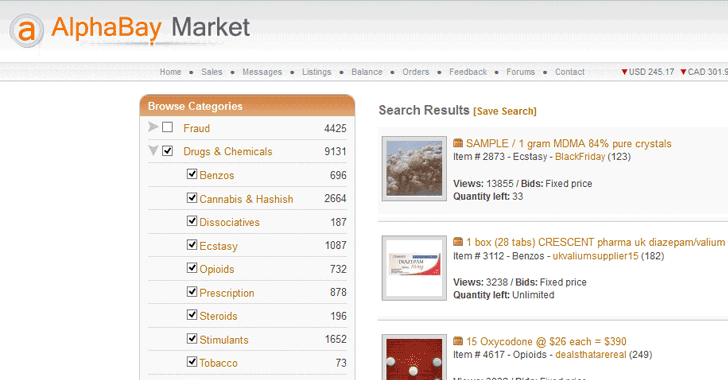
You can unambiguously pick which key you want by specifying the key ID. This feature is particularly useful if you have two different keys from the same person, with the same user ID. This would display all keys that had 67F7 as part of their key IDs. Just use the key ID, with a prefix of "0x", in place of the user ID. In all commands that let the user type a user ID or fragment of a user ID to select a key, the hexadecimal key ID may be used instead. Reading this Special Topics volume is optional, except for the legal issues section, which everyone should read.

Best pgp create key manual#
You should first read the Essential Topics volume, or this manual won't make much sense to you. This volume II of the PGP User's Guide covers advanced topics about PGP that were not covered in the " PGP User's Guide, Volume I: Essential Topics". PGP combines the convenience of the Rivest-Shamir-Adleman (RSA) public key cryptosystem with the speed of conventional cryptography, message digests for digital signatures, data compression before encryption, good ergonomic design, and sophisticated key management.
Best pgp create key software#
Pretty Good(TM) Privacy (PGP), from Phil's Pretty Good Software, is a high security cryptographic software application for MSDOS, Unix, VAX/VMS, and other computers. Where to Get a Commercial Version of PGPĪppendix A: Where to Get PGP Quick Overview Message Digests and Digital SignaturesĬompatibility with Previous and Future Versions of PGP PGP's Conventional Encryption Algorithm NOMANUAL - Let PGP Generate Keys Without the Manual INTERACTIVE - Ask for Confirmation for Key Adds VERBOSE - Quiet, Normal, or Verbose Messages CLEARSIG - Enable Signed Messages to be Encapsulated as Clear Text PAGER - Selects Shell Command to Display Plaintext Output RANDSEED - Filename for Random Number Seed

SECRING - Filename for Your Secret Keyring PUBRING - Filename for Your Public Keyring BAKRING - Filename for Backup Secret Keyring CERT_DEPTH - How Deep May Introducers Be Nested MARGINALS_NEEDED - Number of Marginally Trusted Introducers Needed COMPLETES_NEEDED - Number of Completely Trusted Introducers Needed KEEPBINARY - Keep Binary Ciphertext Files After Decrypting ARMORLINES - Size of ASCII Armor Multipart Files CHARSET - Specifies Local Character Set for Text Files TEXTMODE - Assuming Plaintext is a Text File MYNAME - Default User ID for Making Signatures TMP - Directory Pathname for Temporary Files Setting Parameters in the PGP Configuration File Force "Yes" Answer to Confirmation Questions: FORCE Suppressing Unnecessary Questions: BATCHMODE Checking If Everything is OK on Your Public Key Ring Editing the Trust Parameters for a Public Key Preserving the Original Plaintext Filename Displaying Decrypted Plaintext on Your Screen Leaving No Traces of Plaintext on the Disk Sending ASCII Text Files Across Different Machine Environments

Decrypting the Message and Leaving the Signature on it Distributed by the Massachusetts Institute of Technology. For information on PGP licensing, distribution, copyrights, patents, trademarks, liability limitations, and export controls, see the " Legal Issues" section. Software and documentation (c) Copyright 1990-1994 Philip Zimmermann. PGP is well featured and fast, with sophisticated key management, digital signatures, data compression, and good ergonomic design. Communicate securely with people you've never met, with no secure channels needed for prior exchange of keys. Synopsis: PGP(TM) uses public-key encryption to protect E-mail and data files. Volume II: Special Topics by Philip Zimmermann Revised 11 October 94 PGP Version 2.6.2 - 11 Oct 94 Software by Philip Zimmermann, and many others. Phil's Pretty Good Software Presents PGP(tm) Pretty Good(TM) Privacy Public Key Encryption for the Masses PGP(TM) User's Guide Phil's Pretty Good Software Presents: PGP User's Guide Special Topics


 0 kommentar(er)
0 kommentar(er)
